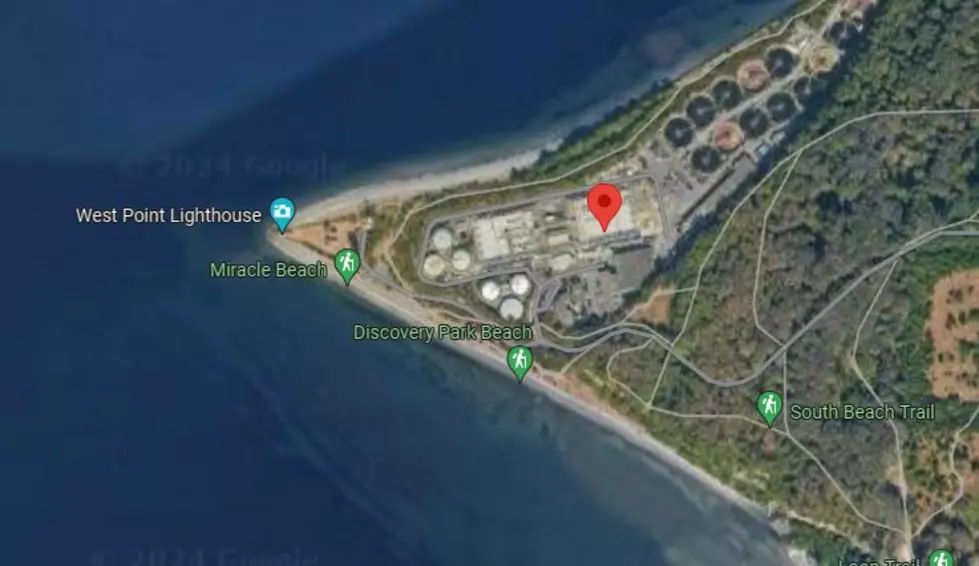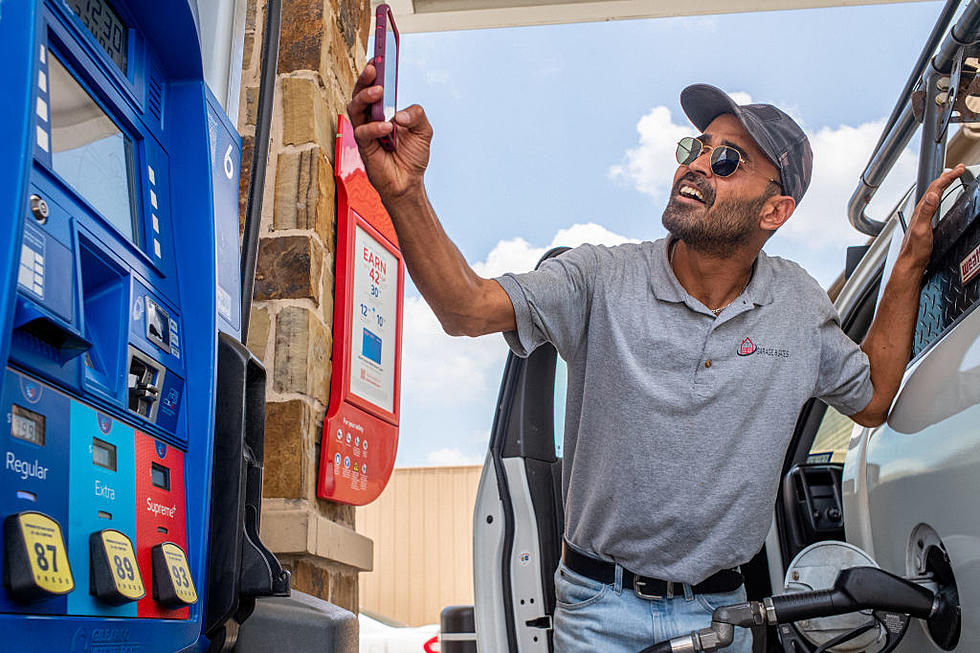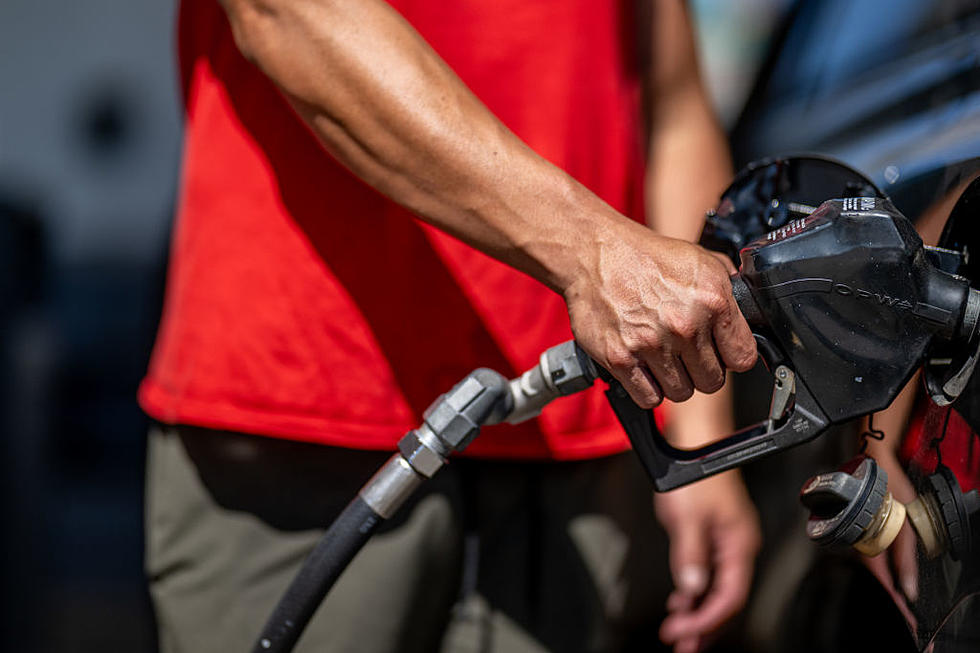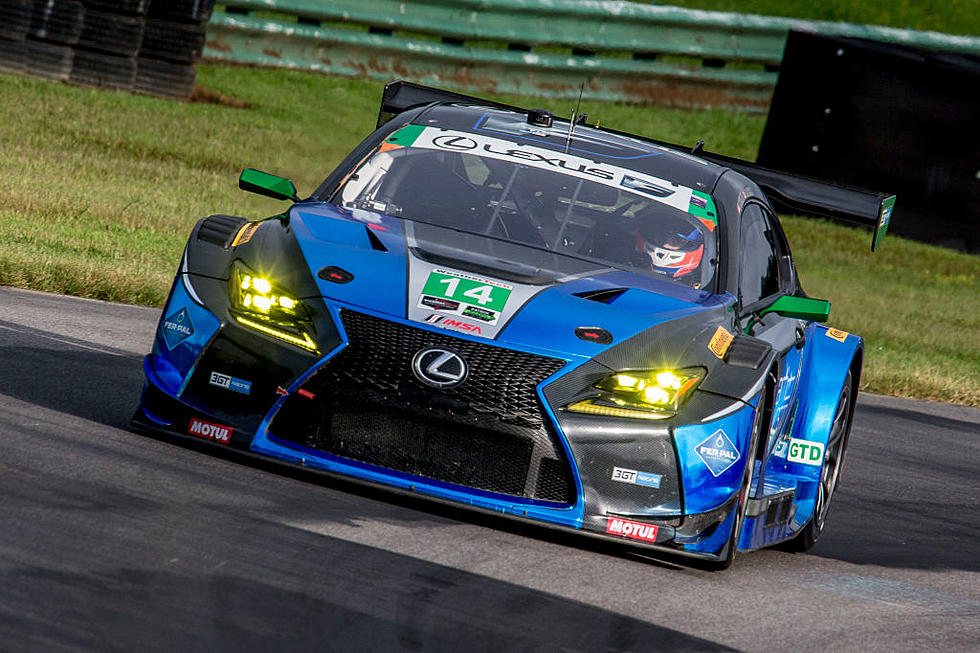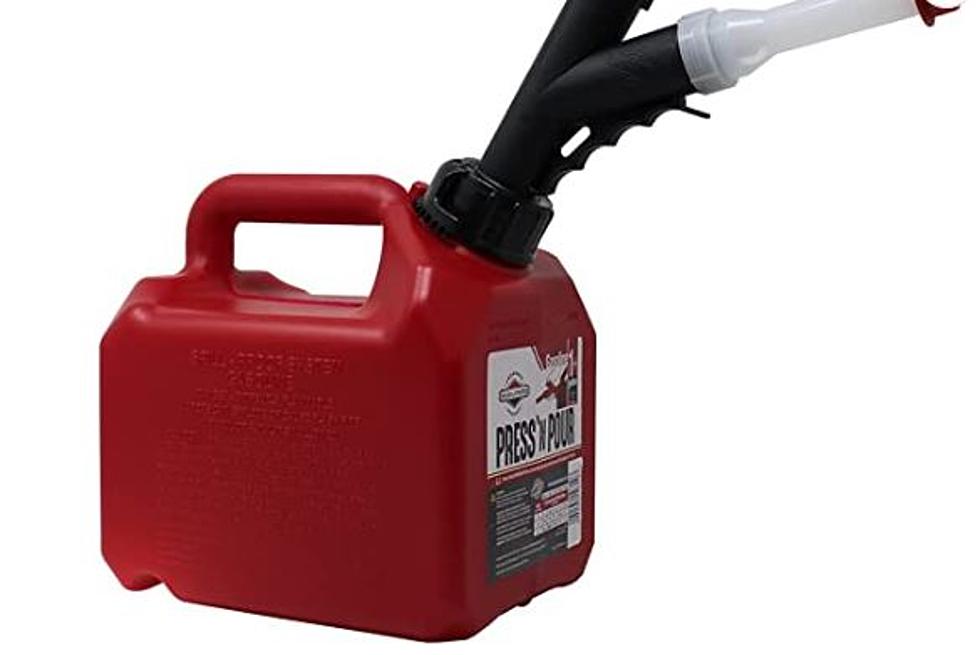
Despite Warnings, EPA Still Moving Ahead with Controversial Ethanol Fuel
Do you know what E-15 is? Probably not. It could end up in your gas tank, and possibly void your engine warranty.
Currently most gas sold in the U.S. is classified as E-10, or 10% ethanol which is derived from corn or other biomass (naturally grown) products. The Clean Air Act and Federal Renewable Fuel Standard contain timetables by which the amount of ethanol in gas will be increased over the next decade. E-15 is the next upgrade, with 15% ethanol.
However, AAA and the Consumer Energy Alliance have been pressuring the EPA and federal government to delay widespread use of the newer E-15 fuel because of numerous concerns.
As far back as last November, AAA reported comprehensive research showed the new E-15 fuel (which contains 15% ethanol) could cause a myriad of problems for both older and especially newer cars. The EPA rules could result in mandatory use of E-15 nationwide as early as the end of this year.
AAA said the testing showed most cars are not designed to use the new fuel, and it could result in increased engine wear and failure, fuel system corrosion and failure and false check engine light readings. In addition, numerous manufacturers have said it's use could cause big headaches for consumers. From AAA and the Consumer Energy Alliance:
- Five manufacturers (BMW, Chrysler, Nissan, Toyota and Volkswagen) are on record for saying their warranties will not cover fuel-related claims caused by the use of E15.
- Eight additional automakers (GM, Ford, Honda, Hyundai, Kia, Mazda, Mercedes-Benz and Volvo) have stated that the use of E15 does not comply with the fuel requirements specified in their owner’s manuals and may void warranty coverage.
So what's happening now on Capitol Hill? AAA and the CEA called for a suspension of the sale of E-15, and legislators are studying the fuel more closely. However, last week the EPA rolled out a new standard that would make E-15 use widespread.
Experts advise motorists to carefully check the fuel ratings at the stations where they will up their cars. They say to make sure the fuel ratings at the pump show they are putting E-10 in their car, not E-15, and to consult with their service professional to get more information on what types of fuel their vehicle will safely operate with.
More From 870 AM KFLD
